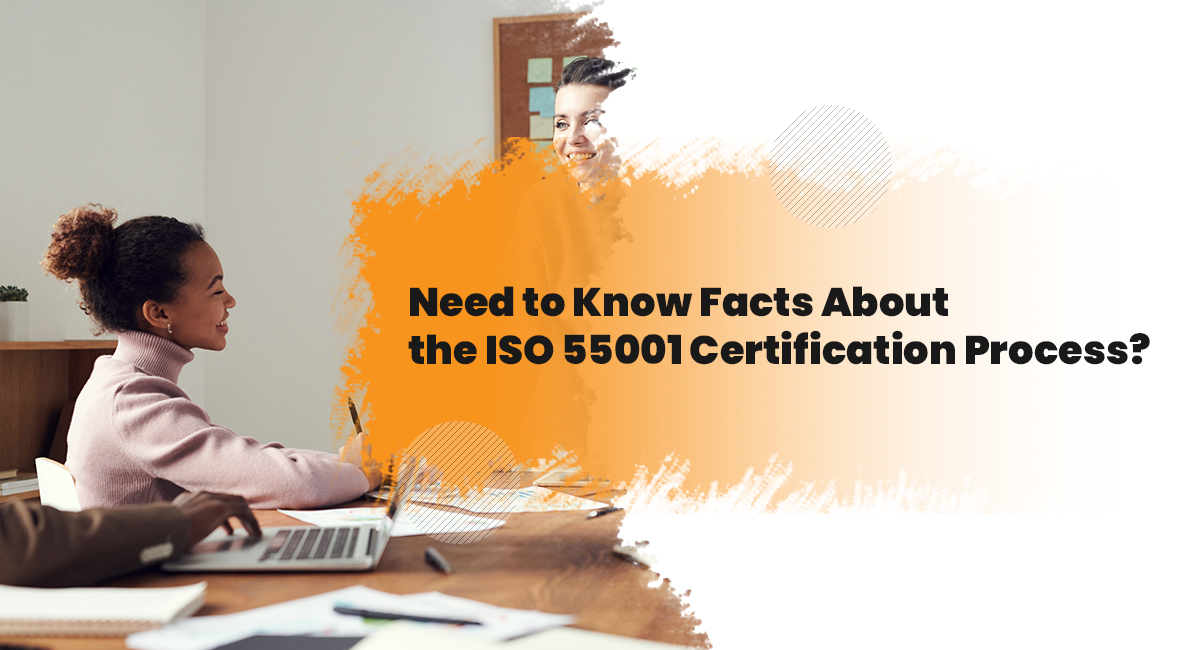
The ISO 55001 is an asset management system acknowledged globally. It is designed to ensure that companies are efficiently managing their organisational pieces considering their life cycle. An ISO 55001 certified company exhibits strong safety protocols for securing a variety of assets and a steady risk management approach. To increase the strength of your safeguard policies and procedures, the standard even helps the management team to better identify probable risk factors.
The ISO 55001 certification process involves a variety of crucial procedures, which need professional support. The first and main priority is understanding all the clauses, requirements and fulfilling them accordingly. The main objective is to achieve 100% compliance at the end of the readiness review.
To conduct an effective process, a company must have stakeholders present and ensure that they will be aware of the countless benefits offered by the ISO 55001. For a successful optimization, education, and awareness both will be required. The following blog will outline the process in briefly.
What are the main clauses to follow in the ISO 55001 certification process?
There are ten clauses altogether. The clauses are based on the fundamental concepts of the standard, which are:
• Organisational context
• Interested parties.
• Leadership
• Performance evaluation
• A strategic asset management plan
• Asset life cycle
• Documented information
The ten clauses are:
• Scope of the asset management program
• Normative references
• Terms and conditions
• Context of the organisation
• Leadership
• Planning
• Support
• Asset management operations
• Consequent performance evaluation
• Continual improvement
The entire process is primarily focused on achieving 100% compliance to all these clauses. The process begins with:
Step 1 – Awareness
As mentioned before, your management team cannot achieve full success if any interested parties or the stakeholder groups lack the basic knowledge. The first step is therefore generating awareness among your staff and the different management departments. Information regarding the terms, conditions, and policies of asset management need to communicate to all the stakeholder departments.
Step 2 – Gap Detection and Filling
The second and one of the most crucial parts of the process is determining the gaps between the present asset management protocol and the outlined objectives. The root causes of inherent flaws are detected and analysed. Accordingly, strategic procedures and relevant resources are employed to meet these clauses’ requirements with compliance. This prepares the groundwork for effective management protocols that with time and proper modifications, your existing system can regain its former glory.
Step 3 – Internal Audit for Determining Progress
To check the progress after the modification or new implementation, a detailed assessment is done. The entire audit is done from a financial point of view. It considers the system’s efficacy in safeguarding assets by identifying risks and mitigating them timely. The independent process is done based on a checklist, which includes questions regarding the accomplishment of each clause. This process is crucial as it judges the performances and confirms whether the system adheres to the statutory criteria or not. It adds value by identifying the possible areas of correction.
Step 4 – Readiness Review: The Ultimate Assurance
Before registering the system for a third-party review and audit, a detailed readiness review needs to be conducted. It determines the readiness of your system by organising a review meeting with all interested parties. The objective of this review is to identify any area that requires immediate correction or has left unattended.
Step 5 – Registration and External Audit
After the review and assurance of compliance, companies register their systems for a third-party audit. Once the system is registered, the authorisation committee hires a group of auditors. They inspect the system, evaluate the performance in meeting the clauses and give the green signal for accreditation.
5 Tips to Make the Process Easier
• The commitment of the top management
• A well-informed and educated staff.
• Integrity and unity among different stakeholders’ groups
• Communication with the customers, suppliers, and workers
• BSI Assurance mark
Contact us at Compliancehelp for a seamless implementation of the ISO 55001 certification process. We are Australia’s premier firm for achieving any ISO certification. Our custom-tailored solutions for the ISO 5501 accreditation are ready to guide you through the exhausting process of certification with ease. Get help choosing the right assessment.

Get connected with us on social networks!